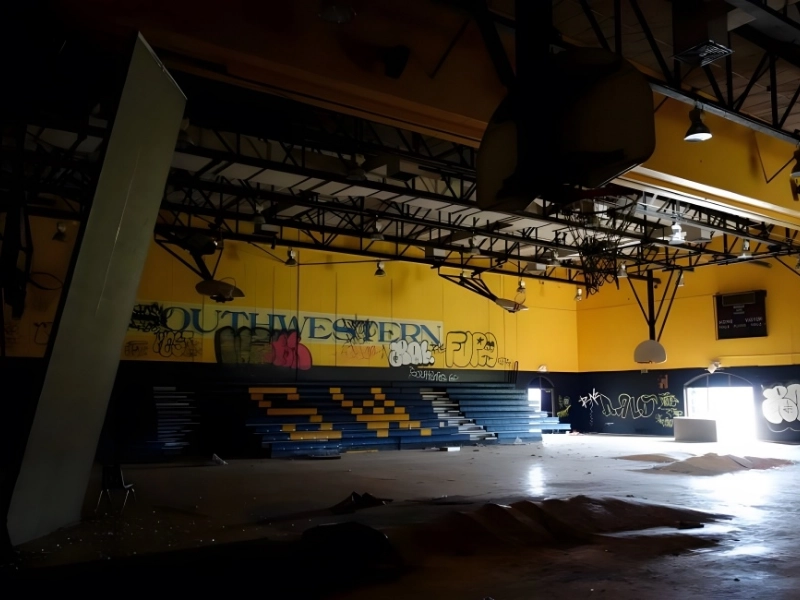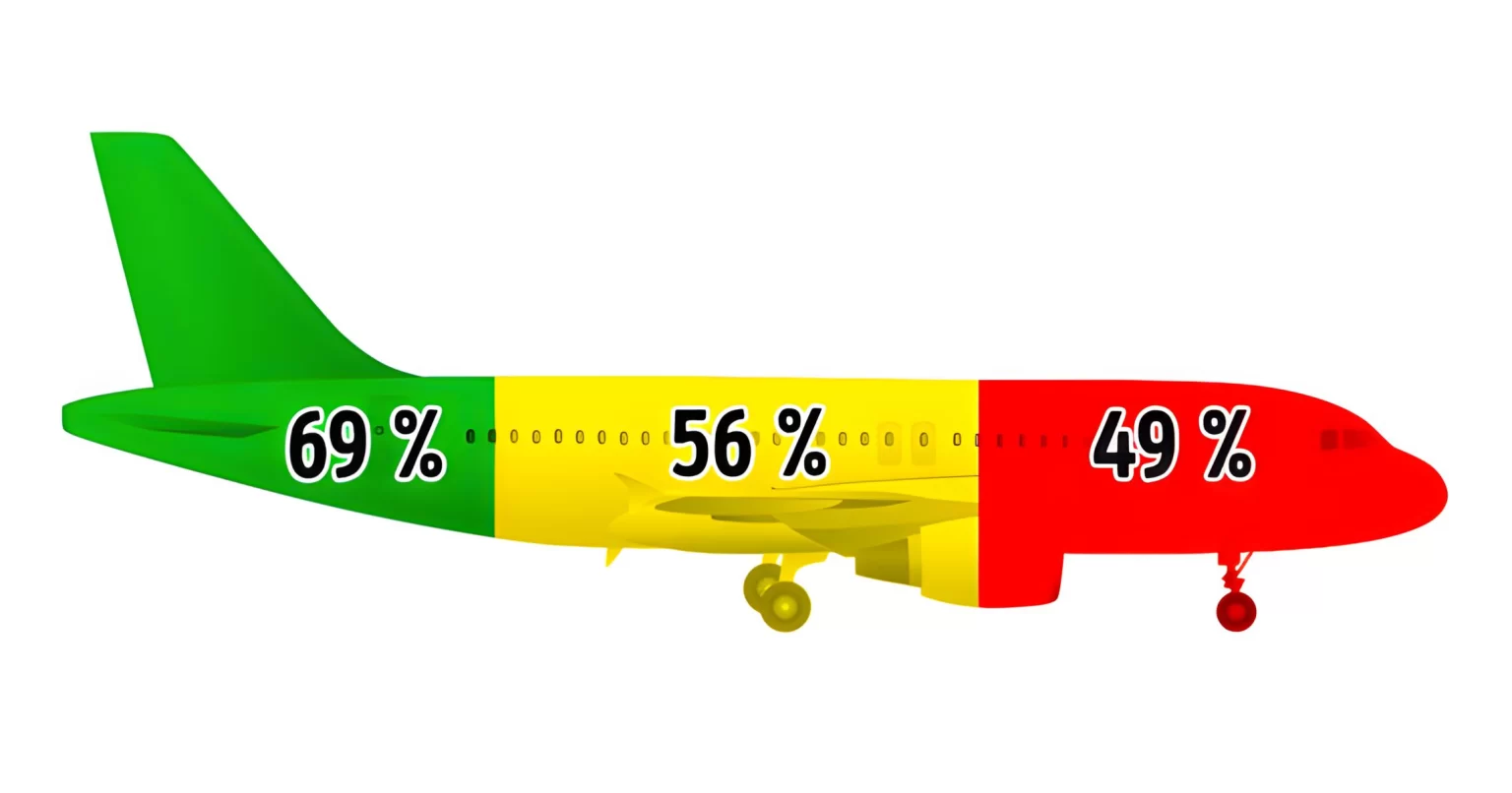5. Detroit, Michigan's Southwestern High School
In 1922, the city of Detroit, Michigan, faced a significant decision regarding the fate of its urban landscape. The cost to demolish certain structures was estimated at a staggering $900,000. This figure reflected not only the financial implications of tearing down buildings but also the broader economic and social context of the time.
Detroit, known for its booming automotive industry, was undergoing rapid changes as the city expanded and modernized. The need for new infrastructure and developments often clashed with the remnants of older buildings that no longer served their purpose. The decision to demolish these structures was not merely a matter of cost; it was also about reshaping the city's identity and accommodating the growth of a burgeoning metropolis.
The $900,000 price tag for demolition indicated the scale of the project and the complexities involved in urban redevelopment. It encompassed not just the physical act of tearing down buildings but also the associated costs of labor, materials, and potential disruptions to the community. As Detroit continued to evolve, such decisions would play a crucial role in determining the city's future trajectory.

Southwestern High School, located in Detroit, Michigan, once boasted an enrollment of approximately 1,600 students. However, the school is now closed and gradually succumbing to disrepair. Founded in 1922, Southwestern served the community for nearly nine decades before parents received a letter in 2012 announcing its closure.
Over the years, annual enrollment at Southwestern had been steadily declining, reflecting broader challenges within the Detroit education system. The school faced significant struggles, ultimately becoming one of the state's lowest-performing institutions. As academic performance waned, concerns about safety, including issues of congestion and violence, grew. These factors contributed to neighboring schools' reluctance to accept students transferring from Southwestern, further isolating the institution.
Despite these challenges, neighboring schools eventually had no choice but to accommodate Southwestern's students as the situation became untenable. The decision to close the school marked a significant turning point, leading to its abandonment and the gradual deterioration of its facilities. The once vibrant halls now stand silent, a poignant reminder of the challenges faced by urban education in Detroit.



























Comments
Leave a Comment
Your email address will not be published. Required fields are marked *